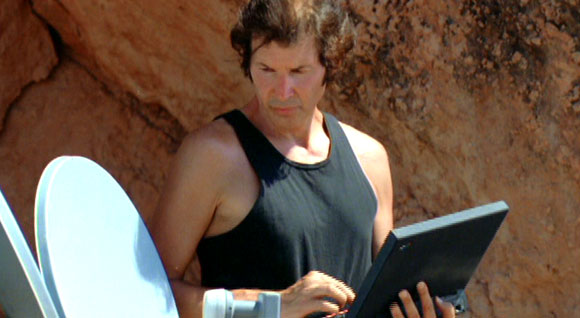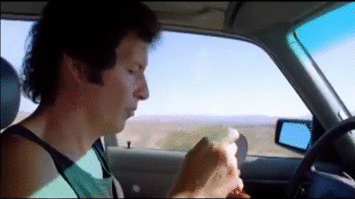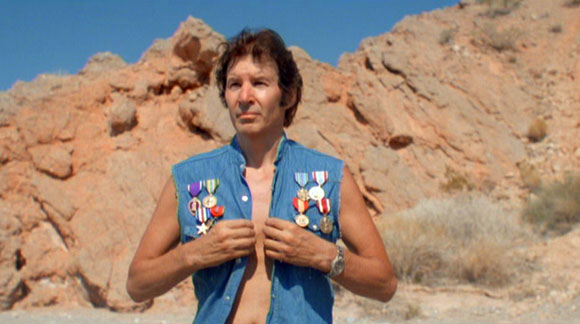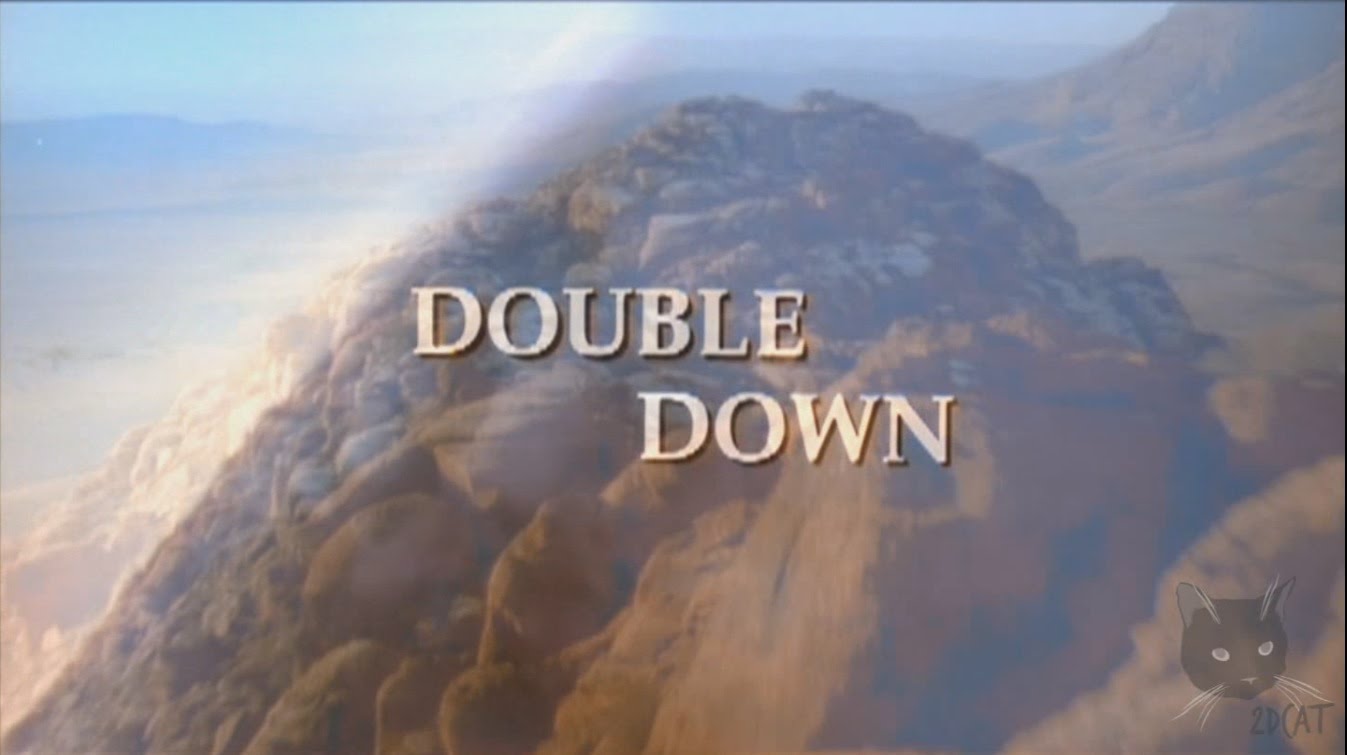
This is the first step into a larger exploration of “so-bad-it’s-good” cinema. The Woeful Worship is a new column showcasing the best of the worst (worst of the worst?), with me, “El Sacerdote” leading the way into madness.
In the current pop culture zeitgeist, most can name Tommy Wiseau (of The Room fame) as the “worst” living director. He’s capitalized on that popularity, as well: his sole feature, more than 13-years after its release, regularly sells out midnight showings, and has garnered a cult following, a successful — and fascinating — behind-the-scenes book, and an upcoming feature adaptation of that very book. But, looking back on that film (amusing and unintentionally entertaining as it is), it lacks something concrete that it is trying to say. It is empty; a bad, laughable film that is incompetent on nearly every single level, with nothing really to glean from the incoherent mess.
And then, there’s Neil Breen.

Breen’s feature debut, Double Down, was released in 2006–but easily looks like it was made fifteen years prior to that. The plot (disjointedly told in a series of voice overs and narration) tells the story of Aaron Brand (Breen), a spy-for-hire (I think?) who suffers from debilitating flashbacks and depression due to the death of his wife some time prior to the events of this film.
He wanders around the country in his run-down Buick hacking into “government and corporate secrets”, and cracking into security systems because, as he himself so humbly puts it, he’s designed every security system, as the also best hacker in the world. The fact that his two laptops are not only about 15-years old, but also are never actually ON at any point in the movie, doesn’t stop him! He’s just that good.

At this point, you might be wondering “What’s the plot? What’s the story? What, exactly, is the point of this film?” And having watched it twice (Lord, forgive me), I’ll be damned if I can rightly answer that.
From what I can tell, Brand goes behind the backs of his superiors to thwart the planned terrorist attack that is “worst than 9-11, or the other major attacks like 9-11” — err, basically, destroying Las Vegas. As he pieces together how to stop this plot, he double-crosses the CIA; accidentally kills the wrong target of a hit..after the worst attempt at simulated driving while filming; meets an elderly man in the desert who may or may not be Jesus, who then gives Brand a mystical stone that may or may not turn HIM into Jesus; eats tuna out of a can, which then winds up on his lap; flashbacks to his dead, naked wife; cures a random girl of a brain tumor using his Jesus Rock; and goes on about how awesome he is at everything he does.
He expounds about how well-decorated he is by the military, and loves displaying his numerous medals (including the Purple Heart, somehow?) on his blue denim button-up shirt with cut-off sleeves. Throughout, the film showcases lots of stock footage of Americana, and stream-of-consciousness style narration about the dangers and disconnect of modern technology. It’s all heavy-handed, a bit lunk-headed, and–surprisingly–comes from a place of sincerity, even if it is a bit unrefined.

The cast is comprised of non-actors, this being most likely their sole ventures into the world of film-making. And it shows. From the stilted performances (although Laura Hale as Megan, Aaron’s deceased wife, does considerably better, and actually feels the most natural…for this, her only role), to most of the actors clearly wearing whatever they came in with at the start of the day, to some actors having absolutely no chemistry despite apparently being friends, or business partners, the acting is a bitter delight to behold.
The effects are ill-conceived as well (the aforementioned laptops that are clearly off), or are intended to create a much more epic scale than what could have been realistically achieved. Hell, at the climax, the mayor of Las Vegas addresses the city at a press conference…but there were not enough extras, so the massive speech is shot in a medium frame, clearly against a green screen, with shouts ADR’d into the scene. Throughout the film, one gets a sense that the scale and scope is far beyond anything that could have been convincingly achieved. And there’s something admirable about that; he still goes for it.

This is a movie that deserves to be seen by fans of bad cinema, and by up-and-coming filmmakers, since, if you want to learn how to make a film, it does wonders to understand why certain movies don’t work. It is very clear that Breen has a lot to say, whether it be about government corruption, spirituality, and the role technology and social media plays in everyday life.
Despite not being able to write his main character well, Aaron Brand is also surprisingly complex–if blandly acted. Breen takes a direct pride with every aspect of his film (he is writer, producer, director, co-editor, main star…the list goes on and on…), and the fact that he self-funds his projects — as a pretty successful Las Vegas-based architect, mind you — highlights how committed he is to the messages he is trying to get across. If he had a bit more tact and a much more capable group of collaborators, Breen could very well be a moderate indie success.

He has made three other films since this premiere, and rejects any idea of joining Hollywood culture. Each film, from what I’ve gathered from the trailers, deals with the similar themes of technological over-saturation, depression, and spirituality (it also doesn’t hurt that he stars in all of them…and may or may not be Jesus in each of them).
None of these films — including this one — appear to be as quotable, hilarious, or borderline incompetent as other films reviled for being horrible (such as the aforementioned The Room, Troll 2, A Talking Cat?!, Dangerous Men, or any number of Lifetime Movies…and you best believe those will be covered as well in the upcoming weeks), merely lacking from a self-awareness and film literacy.
But that doesn’t mean that, in the meantime, it’s not an absolute delight to watch the film’s writer, director, producer, star, and co-editor make an active, conscious decision to cut to a shot of himself covered in canned tuna, nearly driving himself off the road.

Double Down can been seen on YouTube, while his most well-known film, Fateful Findings, can be purchased here.

